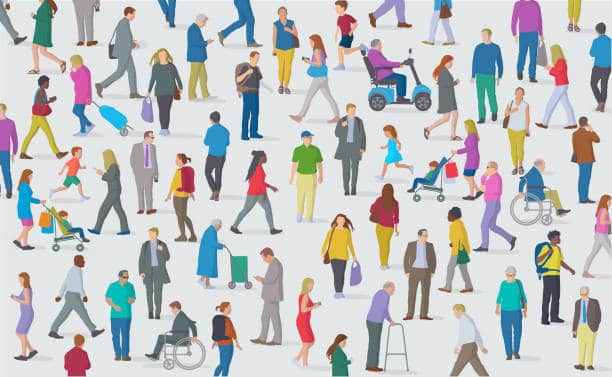A definition of the word “simple” is “being easily understood, with little or no difficulty’’.
In a technological setting, we can say an application or tool may be simple if words like “user-friendly”, “interoperable” and “seamless” are used to describe such applications or technology.
Simple technologies exist across various disciplines including agricultural and education disciplines, but in this article we will be focusing on electronic-health technologies that are saving lives.
Electronic, medical or biological health technologies (med or biotechs) are “cost-effective and secure information and communications technologies”. These technologies are used to support individual and community health, and also health-related activities such as healthcare services awareness, surveillance, literature, education, knowledge and research.
Classifications of these technologies include:
- Health and medical facility based records systems:
Health and medical facility based records systems are deployed or set up at primary, secondary and tertiary healthcare facilities to enable a high level of patient management systems, facilitate patient file and information transfer between healthcare professionals and facilities, manage patient admissions and facility inventories. Such techs include Electronic health records systems (EHRs), Health information exchange tools (HIE), and Nationwide Health Information Networks (NwHIN). An example of an all-in-one facility-based tech is SmartaCare (your reliable electronic medical record system).
- Field-based health support technologies:
Field-based health support technologies assist with data collection for health interventions planning, monitoring and evaluation. Advancements in these techs have also contributed greatly and significantly to changes in the configuration of standard health services, thereby improving health outcomes. An example of this is Datakojo (a user-friendly data collection and storage tool).
- Health promotion and modification technologies:
Such technologies are improving and modifying behaviors by educating users and suggesting better and healthier lifestyle choices that individuals can adopt to live longer disease and disability-free lives. Examples of such technologies that are doing this can be classified into:
- Self-monitoring technologies:
These can either come in the form of wearables that detect, analyze, and transmit information on current vital signs like the Apple smartwatch or in the form of portable devices like glucometers, sphygmometers and wearable insulin pumps.
- Consumer-driven and assistive technologies:
These are developed solely for the users or consumers, and enable users to attain the highest level of healthcare that is available to them. They provide telemedical services, clinician or clinical decision support (CDS ) and mobile home healthcare services. An example of this is Carekojo, an in-house developed appointment scheduling and management system.
- Clinician training and facilitation technologies:
They are developed to train and facilitate learning of new skills, approaches and procedures in healthcare and medicine that are both non-invasive and have less chances of poor outcomes for the patient. Most of these technologies make use of robotics and artificial intelligence. An example of this is the application of virtual and augmented reality technologies to healthcare and medicine as seen in the helping babies breath solution.
We are on the frontline of developing technologies that fit into either of the classifications above. From consumer-driven and assistive technologies such as Carekojo, to virtual and augmented reality solutions like the helping babies breath tech, facility-based health tech like SmartaCare (your reliable electronic medical record system) and field-based health support tool Datakojo (a user-friendly data collection and storage tool); we are your reliable and trusted digital health tools and services provider.
Information on these tools and more are available here on our website, navigate through the website for more information, and reach out for any concerns or questions you might have.
External links
- https://unctad.org/system/files/official-document/ecn162021d2_en.pdf
- http://pjms.com.pk/index.php/pjms/article/view/5211
- https://reader.elsevier.com/reader/sd/pii/S187704281730006X?token=EE8E350E91D2A6FC2CF68A2ED756937739DCAA33CF28DD737975B0F6DFCCC23DCEFE04164561A684EBCAA8ABDF08FD1E&originRegion=eu-west-1&originCreation=20220222090359
- https://publications.aap.org/pediatrics/article/146/1_MeetingAbstract/290/4340/eHBB-mHBS-DHIS2-Mobile-Virtual-Reality-Provider
- https://www.datakojo.com/




